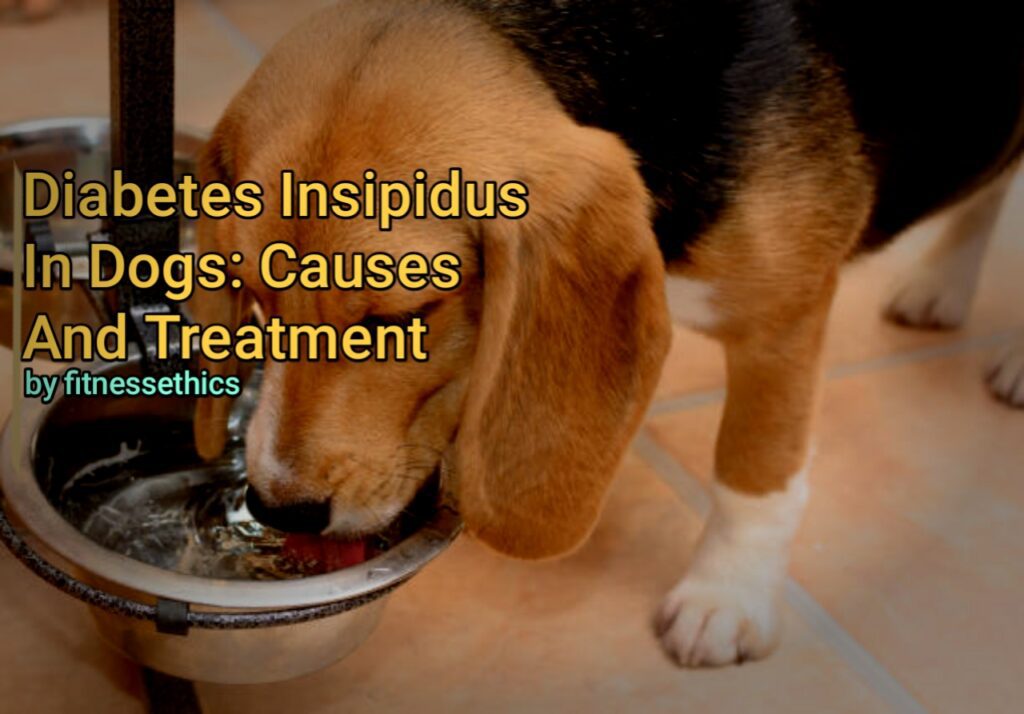Diabetes Mellitus and Diabetes Insipidus
We hear of diabetes mellitus more often, but we seldom hear of diabetes insipidus, which is another type of diabetes. Perhaps the reason why diabetes mellitus is heard more often is because it is one if the underlying conditions that accounts for the most deaths in most countries.
Diabetes mellitus is a condition in which the level of glucose in the blood, which is also referred to as blood sugar, is extremely high. In this type of diabetes, the kidney tries to pass down the excess sugar through urine, but it doesn’t have the facilities to get rid of a quarter of the sugar in the blood. Diabetes insipidus is a disorder of salt and water metabolism which is marked by intense thirst and heavy urination. In diabetes insipidus, your blood glucose levels are normal, but your kidneys can’t properly concentrate urine. Diabetes, as we know it, is related to blood sugar, but diabetes insipidus is caused by a hormonal abnormality and is not related to diabetes.
Diabetes Insipidus doesn’t only occur in humans, it also occurs in animals like dogs. We’ll be discussing a bit about diabetes insipidus in dogs. Diabetes insipidus is caused by problems with a chemical called vasopressin (AVP), which is also known as antidiuretic hormone (ADH). AVP is produced by the hypothalamus and stored in the pituitary gland until needed. The hypothalamus is an area of the brain that controls mood and appetite. Diabetes insipidus then occurs when the body is unable to produce an adequate amount of the hormone vasopressin (also called anti-diuretic hormone [ADH]).
The ADH, in case you didn’t know or perhaps you forgot, is a hormone that helps blood vessels constrict and helps the kidneys control the amount of water and salt in the body. This helps control blood pressure and the amount of urine that is made. When ADH isn’t produced in the appropriate amount, then diabetes mellitus happens. This particular hormone helps the body retain water. When the body produces too little of it, the body will lose too much water through urine production by the kidneys.
Diabetes Insipidus in Dogs
Your pup would be losing excessive water and salt through urine as the body has failed to produce the urine that regulates and controls the amount of water and salt in the body. Your pet would react to this condition by passing more urine than they used to and drinking more water than they used to. If your pet always has the urge to drink more water, there might be an issue.
Affected dogs may also begin to urinate in the house; they can no longer control how they pass urine and they pass it when they feel the urge to urinate. Of course, you’ll caution the dog, but this habit won’t stop until they’ve received the appropriate treatment and medical care. With the right treatment, dogs with diabetes insipidus can live a normal life span and enjoy a relatively normal life.
How To Treat Diabetes Insipidus In Dogs
Treatment may include consuming a low sodium diet; you should control the amount of salt your dog takes in. Keeping them away from low-salt diets will also be helpful.
Drinking more water is among the symptoms, but drinking a lot of water can also help. Since the body will pass it down any way, you have to take in more because your body needs water to perform properly.
Several synthetic ADH substitutes are available for use in dogs. Some of these agents are administered by injection or as pills, but some formulations are administered as drops into the eyes or nose. Weaning the pet onto a sodium-restricted diet may also be part of the recommended therapy for diabetes insipidus.
You should consult your veterinary doctor, who will prescribe the recommended drugs for your pet.
[starbox]



